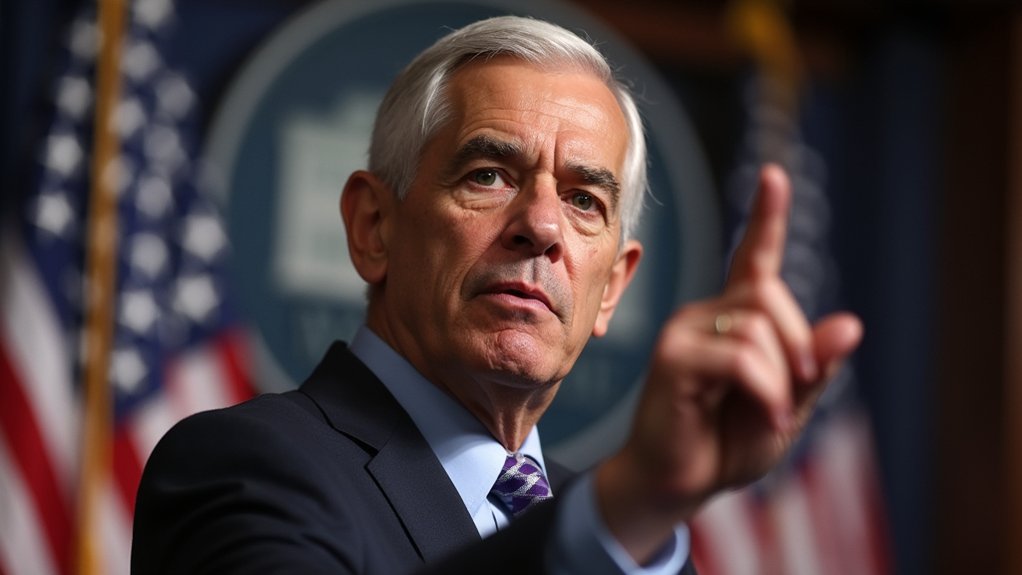While most companies might consider a 78% year-over-year surge in their flagship product’s circulation a resounding success worth celebrating, Circle Internet Financial has instead chosen this moment of USDC dominance to initiate what can only be described as the digital asset equivalent of asking permission to tie one’s own shoes.
The company filed for a national trust bank charter with the Office of the Comptroller of the Currency in mid-2025, proposing to establish “First National Digital Currency Bank, N.A.” – a name that manages to sound both revolutionary and bureaucratically mundane. This maneuver aims to eliminate Circle’s reliance on third-party custodians for USDC reserves, fundamentally allowing the company to hold its own money rather than trusting others to do so responsibly.
The irony here is palpable: Circle seeks federal banking oversight to enhance the credibility of a cryptocurrency designed to circumvent traditional banking limitations. Yet this regulatory embrace makes strategic sense, particularly following USDC’s March 2023 de-pegging incident when the stablecoin plummeted to $0.887 – a reminder that even “stable” coins can experience decidedly unstable moments.
Circle’s gambit addresses multiple vulnerabilities simultaneously. Direct reserve management would theoretically reduce counterparty risk (assuming Circle proves more trustworthy than its previous custodians), while federal oversight promises stricter operational standards and enhanced consumer protections. Notably, Circle also filed the Circle Undertaking with Canadian Securities Administrators in December 2024, demonstrating its commitment to regulatory compliance across multiple jurisdictions.
The proposed structure also positions Circle to expand beyond stablecoin issuance into extensive digital asset custody services, targeting institutional clients including pension funds and asset managers. Under comprehensive frameworks like the GENIUS Act, stablecoin issuers must comply with stringent oversight requirements that could favor well-capitalized entities capable of meeting federal regulatory standards.
However, regulatory headwinds persist. Legislation like the STABLE Act threatens to ban interest payments on traditional stablecoins, while yield-bearing alternatives challenge USDC’s market position by offering returns rather than mere stability. These competitive pressures underscore why Circle views regulatory legitimacy as vital armor against both legislative hostility and market disruption.
The trust bank charter represents Circle’s calculated bet that embracing traditional banking regulations will paradoxically strengthen its position in the decidedly non-traditional cryptocurrency ecosystem.
Whether this regulatory courtship ultimately enhances USDC’s stability or merely adds bureaucratic complexity to digital dollar transactions remains an open question – one that institutional investors will certainly monitor with considerable interest as Circle navigates the labyrinthine approval process.









